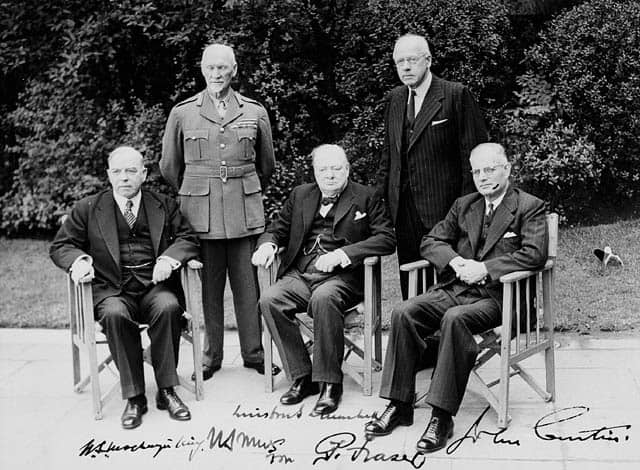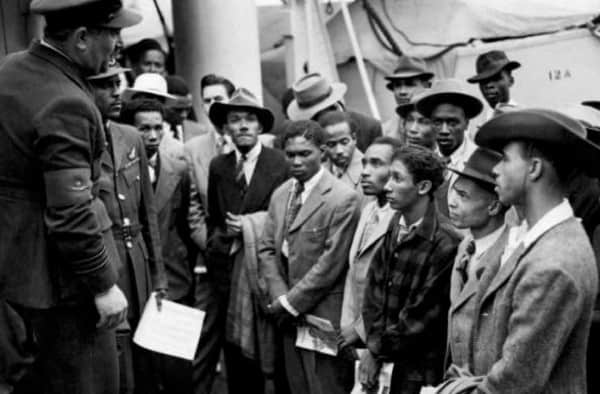On June 22, 1948, a former Nazi cruise liner and British troop ship, the Empire Windrush landed at London’s Tilbury docks. In 1947, Britain had put out a call to her former colonies, now members of the Commonwealth, to come to Britain and help answer the labor shortage caused by the Second World War. The 492 men and women on board the Windrush from Jamaica and the West Indies responded that appeal, in the hope of making a new and better life in the ‘Mother Country’ as they saw the former seat of the British Empire. Later known as the Windrush Generation, they helped rebuild Britain- and reshape her culture.
The landing of the Empire Windrush, although not the first from the West Indies, marked the beginning of a widescale move to Britain during the 1950’s and 60’s of British citizens from the Commonwealth. The newspapers and media greeted the arrival of the Windrush with a barrage of excitement as they hailed and welcomed her passengers. However, once the excitement had worn off and the film crews dispersed, the reality of life in Britain for the Windrush Generation hit. It was an experience that was both bitter and sweet as they fought for recognition and acceptance.

Post War Britain
The Second World War left a devastated world. Cities across Asia and Europe lay destroyed and economies decimated. Britain, which, along with France, had been the first European power to declare war on Nazi Germany. The costs of fighting a war for half a decade and the subsequent deterioration in Britain’s international trade had bankrupted the nation. Also, by 1945, the destruction of factories meant the country had lost 12% of her productive capacity. The country was forced to take out loans from the US and Canada while it slowly rebuilt itself.
To make matters worse, the slow disintegration of the British Empire escalated. In 1947, Britain’s financial troubles led to it finally pulling out of India. Burma, Sri Lanka and Malaysia departed the empire soon afterward. In 1947, these independent states began to join Canada, Australia, New Zealand and South Africa as part of the British Commonwealth of Nations, former colonies of the British Empire who were now free, post-war sovereign states, bound to Britain by ties of friendship and cooperation and headed by the British Monarch.

Across the world, the war had devastated families and killed 60 million people. Britain alone had lost 382,700 men and women in combat and 67,100 civilians. This loss of life, coupled with the disruption to the training and education of people in industry, construction and other services led to a massive labor shortage in post-war Britain. There just were not enough skilled people to help construct the houses and buildings the nation so desperately needed, run her transport systems, public services- or the planned National Health Service which finally launched in July 1948.
The Labour government of Clement Attlee believed that the Commonwealth, in particular, the ‘white’ dominions of Australia, New Zealand and South Africa were vital to Britain’s economic recovery. They believed that by working and trading with these states, Britain could recover economically. The government also saw the Commonwealth as a source of replacement labor. So Britain put the call out for skilled workers from her former and current dependencies to move to Britain and help rebuild the nation.
By June 1948, The British Nationality Act was on the cusp of being passed in parliament. Although the British government classed all members of the empire as British Citizens, the Act conferred citizenship and therefore the right to travel to and settle in Britain to all Commonwealth citizens. However, these original Commonwealth members were not the ones who heeded Britain’s calls for help. Instead, they were answered from elsewhere in the empire, in particular, the West Indies.

